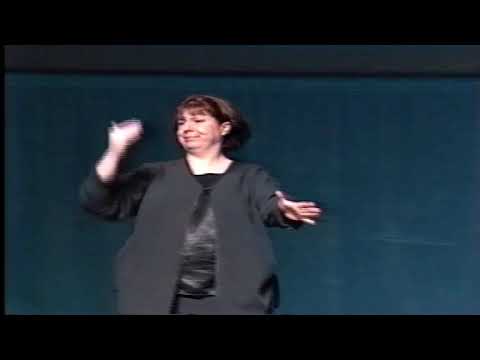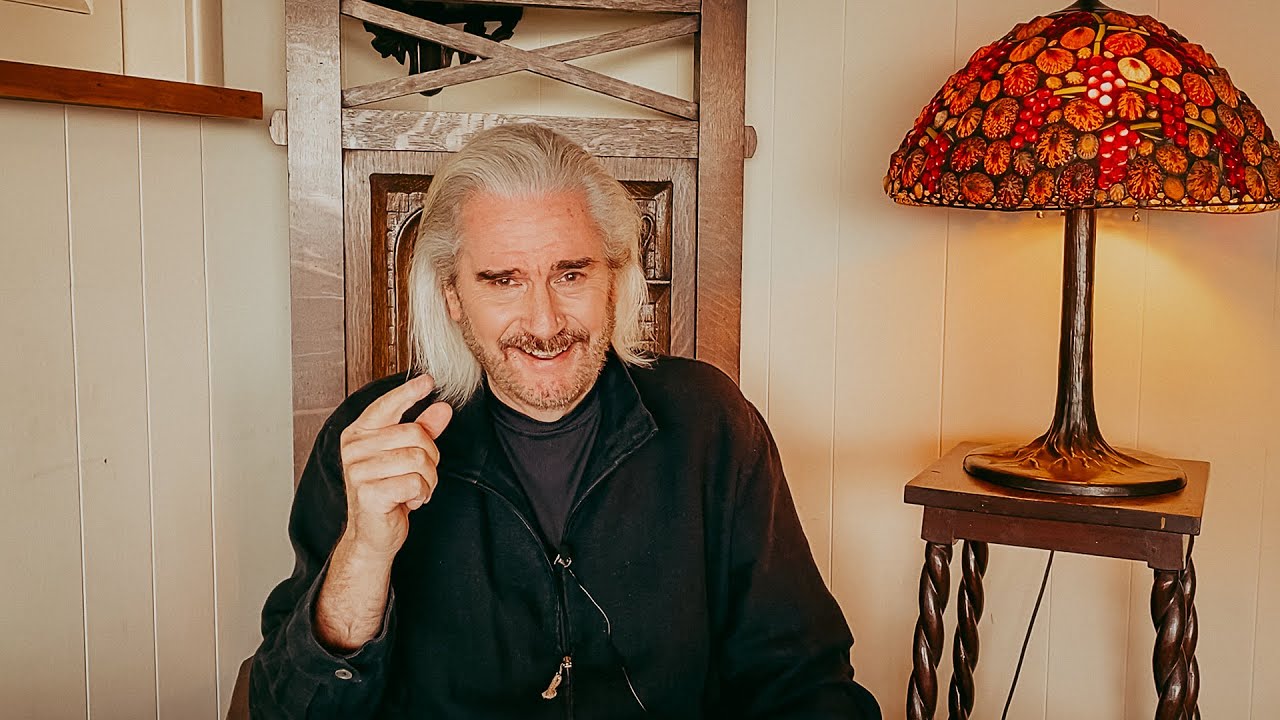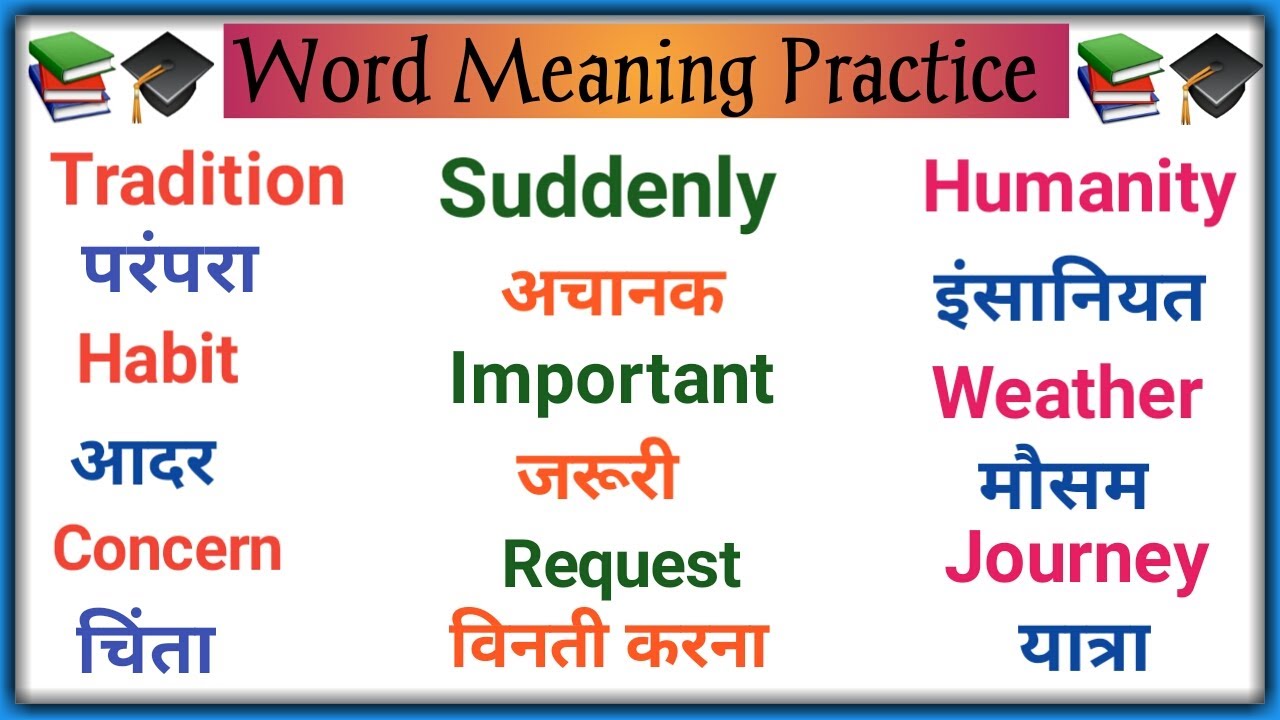RIT Libraries
Summary by Joan Naturale. Presentation by Cynthia Campbell “Semiotics of ASL Poetry.” Barbara Ray Holcomb introduces Cynthia Campbell. Cynthia Campbell shares her research on the semiotics of ASL Poetry, analyzing a seemingly simple poem, “Cow and Rooster” by Clayton Valli signed by a young girl. She explains that in teaching hearing students ASL they had a difficult time making a transition to using sign language smoothly. Her research question relates to improving the teaching of ASL by asking Deaf people what is considered excellent storytelling or poetry. They were not able to give her examples, so this became part of her research question. She analyzes Cow and Rooster by using some semiotic principles as outlined by 19th-century philosopher Charles Sanders Pierce: symbols, icons, and index (as it pertains to ASL). She found rich analysis in this poem: body stance and shift to indicate different characters, handshape patterns of 3 (rooster), Y (cow) and 5 (farm) signed in different spatial areas, and discovered metonymy (icon and index)— and a pattern of in the narrative structure. English text has a different pattern as compared to ASL signs, thus more research is needed to see how Deaf and hearing people process language and if it is different, how to improve teaching of ASL to hearing students. Visual description: Barbara Ray Holcomb has short blonde hair and is wearing a gray long-sleeved shirt with black slacks. Cynthia Campbell has chin length brown hair with bangs, and is wearing a black shirt, jacket, and skirt. For more information, please go to the Deaf Studies Archive finding aid link URL:
Attribution-NonCommercial-NoDerivs CC BY-NC-ND
You can download the video and share them with others as long as you credit us, but you cannot change them in any way or use them commercially.
https://creativecommons.org/licenses/…
https://licensebuttons.net/l/by-nc-nd…
“This project is supported by a Digitizing Hidden Collections grant from the Council on Library and Information Resources (CLIR). The grant program is made possible by funding from the Andrew W. Mellon Foundation.” https://www.clir.org/2018/01/clir-ann…



